RDNA3 has been on the market for some time and the story seemed to be completely over. But one card is still possible and so today AMD is pushing a card that was originally intended for system integrators into the retail market with a slight delay. The “launch” is somewhat strange in that this card is already available in a few variants. New is actually different. Secret too. But now, perhaps also as a result of NVIDIA’s super launches, the Golden Rabbit Edition (GRE) is another card being pushed into the mass market, the purpose of which is worth questioning today.
But before we start discussing the sense or nonsense of the smallest Navi31 offshoot, I would like to say something first. First of all, my explicit thanks go to PCGH, where Raff kindly gave me the Nitro for the test, which then arrived here on Thursday evening because AMD’s sampling was a little short. I’m sure AMD had counted on the fact that I had already received my card from Sapphire, which usually works. In any case, as long as German customs played along, which wasn’t the case this time. As I had actually opted for the Pulse for price reasons, I was suddenly left high and dry. Help from colleagues was just what I needed. My intended Pulse then arrived on Friday, late in the afternoon. Too late to consider it for today, Monday.
But what I want to do today, and I have to spoil it in advance, is to take a closer look at the implementation of the Nitro, because Sapphire has really delivered an excellent cooler here, which is also extremely quiet, despite the considerable waste heat. Of course, I also tested the whole thing, but had to leave out a few nuances such as the extreme OC due to time constraints. Firstly, it wasn’t feasible and secondly (no, I’m not spoiling anything yet) AMD has come up with enough to not even begin to cannibalize the significantly more expensive XT variant. I will write something about the price in the summary, because as of Monday morning only the preliminary MSRP for this card from the USA was known, which at 599 USD net could not provoke any real incentives to buy. But I’ll just wait and see if anything else comes along.
The Sapphire Radeon RX 7900 GRE Nitro 16 GB
The card has 80 CUs (four less than the XT) and 16 GByte GDDR6 (also four less than the XT). Everything is connected to a 256-bit interface (instead of 320 for the XT). This means that the card only has a maximum bandwidth of 576 GB/s with the additionally slowed-down VRAM and is therefore significantly lower than the RX 7800XT. The level 3 (Infinity) cache logically shrinks to 64 MB and is therefore the same size as the cache on the RX 7800XT. The total power consumption of 260 watts (TBP) claimed by AMD as a “reference” turned out to be quite illusory, at least for my model, as it quickly approaches the 300-watt mark. Yes, it is an OC card, but I don’t want to get ahead of myself here. It could certainly be more economical, but then it would also be slower.
The card looks like the larger Nitro models, especially as the proportions are naturally correct. With a length of 32.2 cm from the outer edge of the slot panel to the opposite end of the radiator cover, the card is also slightly longer than usual. The height of the inserted card is also slightly higher, measuring 12.7 cm from the top edge of the PCIe slot to the top edge of the radiator cover. The installation depth of 5.8 cm plus 0.5 cm for the backplate is in line with a standard 2.5-slot design. Well, we know that.
On the top side, we primarily see the two 8-pin (6 2) sockets for the external power supply with a gap for the third one on the very large models. This is where the ARGB header is located. We don’t have to discuss any bending radii for the power supply connections with AMD this time either, everything is still really nice and old school. The LED-illuminated Radeon lettering is not missing this time either and Sapphire has also immortalized itself as a company with its logo. Well, the card is a little more expensive than the Pulse, but the LED fireworks on the top and back help to make up for the monetary pain. Especially as you can see the usual BIOS switch with the three switch positions just behind it. Sapphire again uses the familiar dual BIOS with software switch as a third option. I used the default setting, the card was quiet enough as it was. However, this also explodes the power consumption, but more on that later.
If you now turn the 1601 gram (medium) heavy card backwards, you can see a massive backplate like the XTX and XT and the aforementioned ARGB header as well as the BIOS switch.
With the two well-known DisplayPort 2.1 connectors and an HDMI 2.1 socket, we end the navel-gazing of the Sapphire RX 7900 GRE Nitro 16 GB. However, the customer has to do without a real USB Type C port, as with the larger cards.
Overview of the RDNA3 cards – Technical data
The RDNA3 cards are quite different, and not just on the outside. The card from Sapphire is similar to the reference card and is more of a real rational card. Inflated OC candidates are hardly faster overall, just significantly thirstier. We will see later that the concept has also worked.
Once again the comparison in the table:
| Radeon RX 7900 XTX |
Radeon RX 7900 XT |
Radeon RX 7900 GRE |
Radeon RX 7800 XT |
Radeon RX 7700 XT |
Radeon RX 7600 |
|
|---|---|---|---|---|---|---|
| Architecture | RDNA 3 | RDNA 3 | RDNA 3 | RDNA 3 | RDNA 3 | RDNA 3 |
| Chip Name | Navi 31 XTX | Navi 31 XT | Navi 31 XL | Navi 32 XT | Navi 32 XL | Navi 33 XL |
| GPU Design | Multi-Chiplet | Multi-Chiplet | Multi-Chiplet | Multi-Chiplet | Multi-Chiplet | Monolith |
| Process Node | TSMC N5 TSMC N6 |
TSMC N5 TSMC N6 |
TSMC N5 TSMC N6 |
TSMC N5 TSMC N6 |
TSMC N5 TSMC N6 |
TSMC N6 |
| Compute Units | 96 | 84 | 80 | 60 | 54 | 32 |
| Shader units | 6.144 | 5.376 | 5.120 | 3.840 | 3.456 | 2.048 |
| RT Accelerators |
96 | 84 | 80 | 60 | 54 | 32 |
| AI Accelerators | 192 | 158 | 160 | 120 | 108 | 64 |
| Memory | 24GB GDDR6 20 GT/s |
20 GB GDDR6 20 GT/s |
16GB GDDR6 18 GT/s |
16GB GDDR6 19.5 GT/s |
12GB GDDR6 18 GT/s |
8GB GDDR6 18 GT/s |
| Interface | 384 bit | 320 bit | 256 bits | 256 bits | 192-bit | 128 bits |
| TBP | 355 W | 315 W | 260 W | 263 W | 245 W | 165 W |
| MSRP | 999 USD | 899 USD | 599 USD | 499 USD | 449 USD | 269 USD |
Sapphire Pulse Radeon RX 7900 GRE, 16GB GDDR6, 2x HDMI, 2x DP, lite retail (11325-04-20G / 11325-04-21G)
 | Zentrallager: 5 Stück lagernd, Lieferung 1-3 WerktageFiliale Wilhelmshaven: 5 Stück lagerndStand: 29.04.24 12:29 | 575,99 €*Stand: 29.04.24 12:30 |
 | lagernd, Lieferzeit 1-2 Werktage | 576,00 €*Stand: 21.03.24 11:19 |
 | Nicht lagernd, ab Bestellung versandfertig in 11 Tagen | 585,00 €*Stand: 29.04.24 12:25 |
- 1 - Introduction, technical data and technology
- 2 - Test s4etup and methods
- 3 - Teardown: PCB and components
- 4 - Teardown: cooler and cleaning tips
- 5 - Teardown: material analysis
- 6 - Gaming-Performance Full-HD (1920 x 1080)
- 7 - Gaming-Performance WQHD (2560 x 1440)
- 8 - Gaming-Performance Ultra-HD (3840 x 2160)
- 9 - Gaming-Performance DLSS / FSR (3840 x 2160)
- 10 - Gaming-Performance FSR3 Frame Generation (3840 x 2160)
- 11 - Latenzen
- 12 - Power consumption and balancing
- 13 - Transients and PSU recommendation
- 14 - Temperatures, IR analysis and clock rate / OC
- 15 - Fan curves, noise and audio sample
- 16 - Summary and conclusion














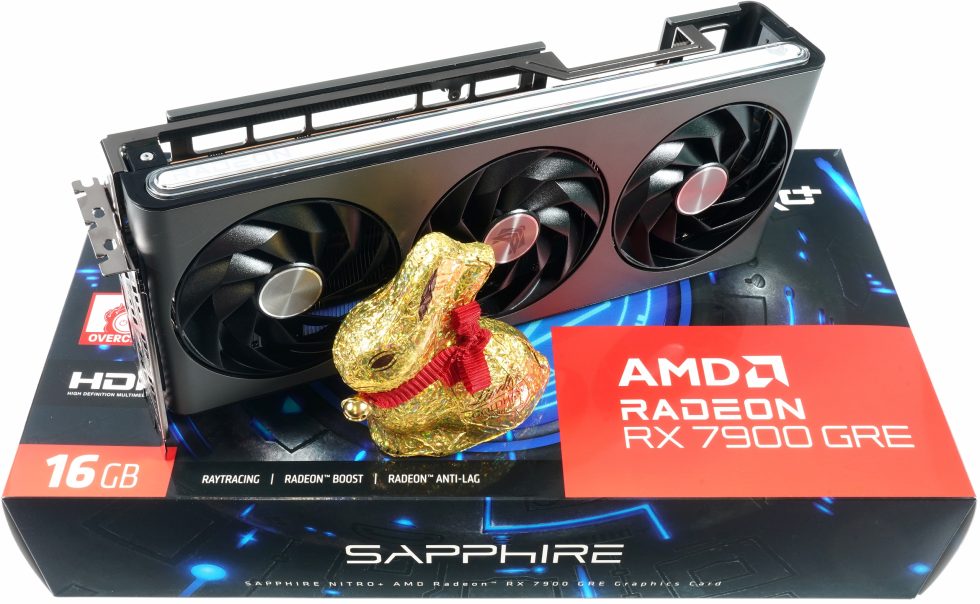
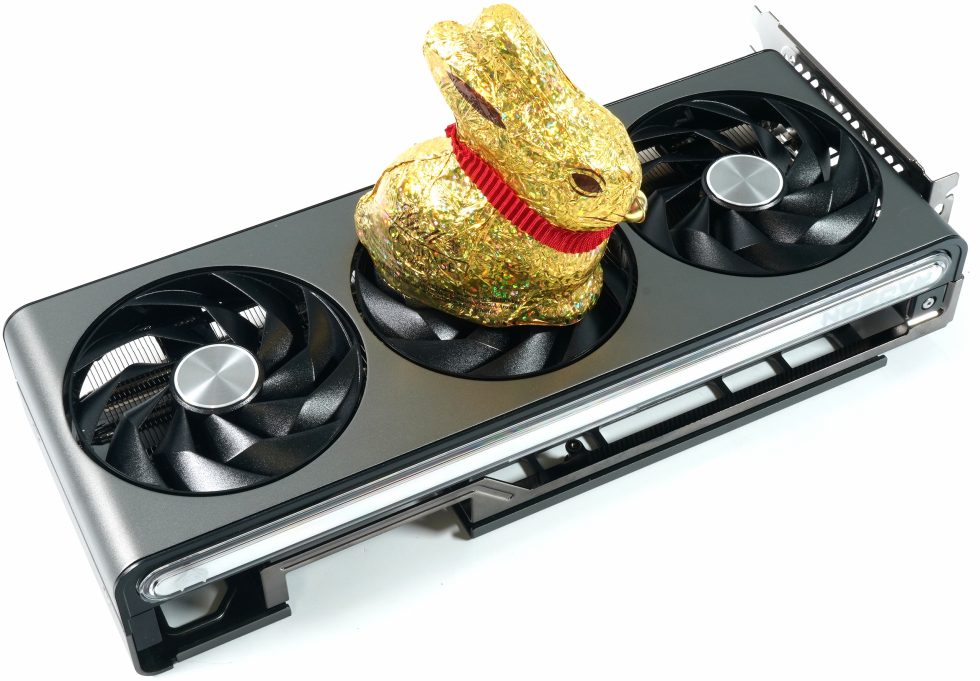
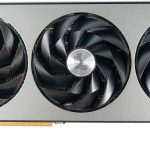
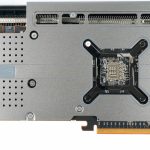
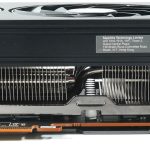
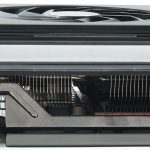
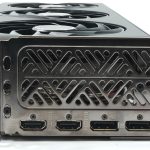
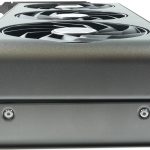
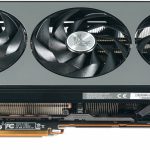
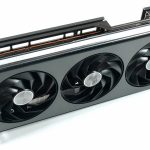
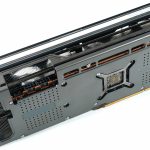
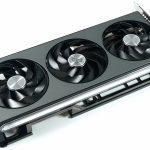
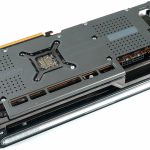
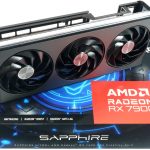
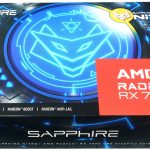

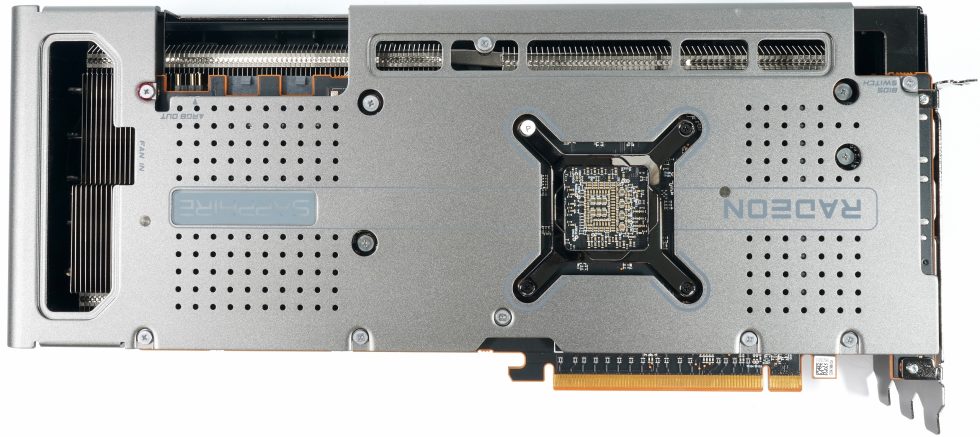
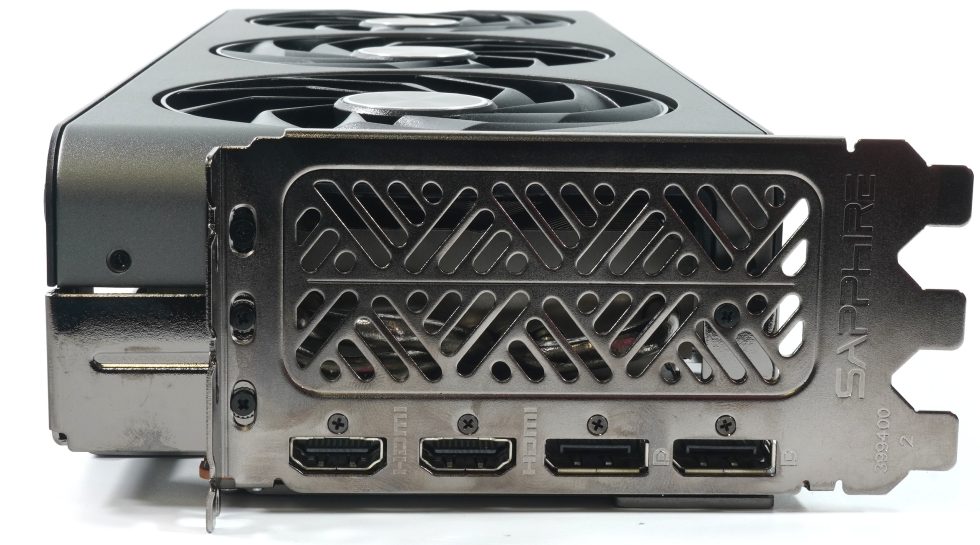
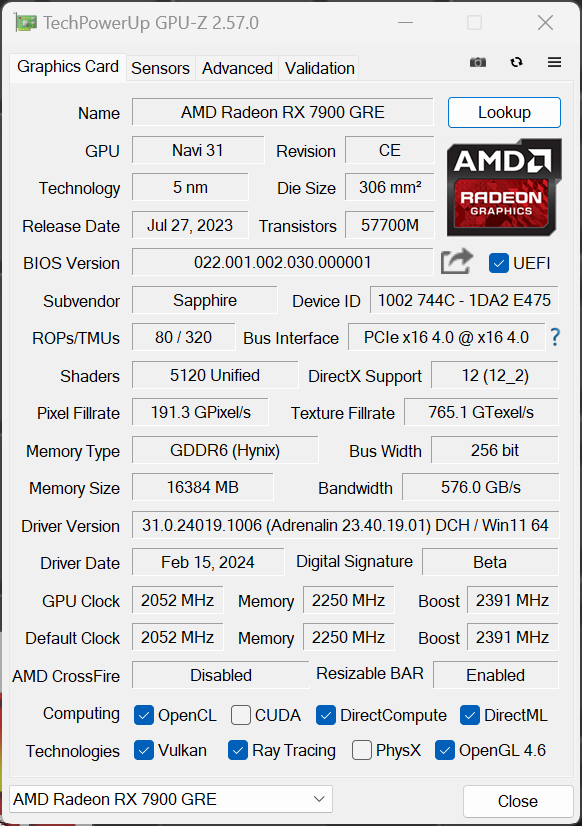



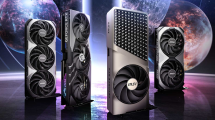
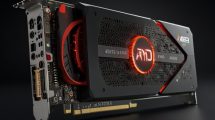
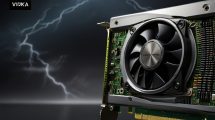












296 Antworten
Kommentar
Lade neue Kommentare
Urgestein
1
1
Urgestein
Urgestein
Urgestein
Mitglied
Urgestein
1
Urgestein
Veteran
Mitglied
Urgestein
1
Urgestein
Urgestein
Veteran
Veteran
Mitglied
Alle Kommentare lesen unter igor´sLAB Community →